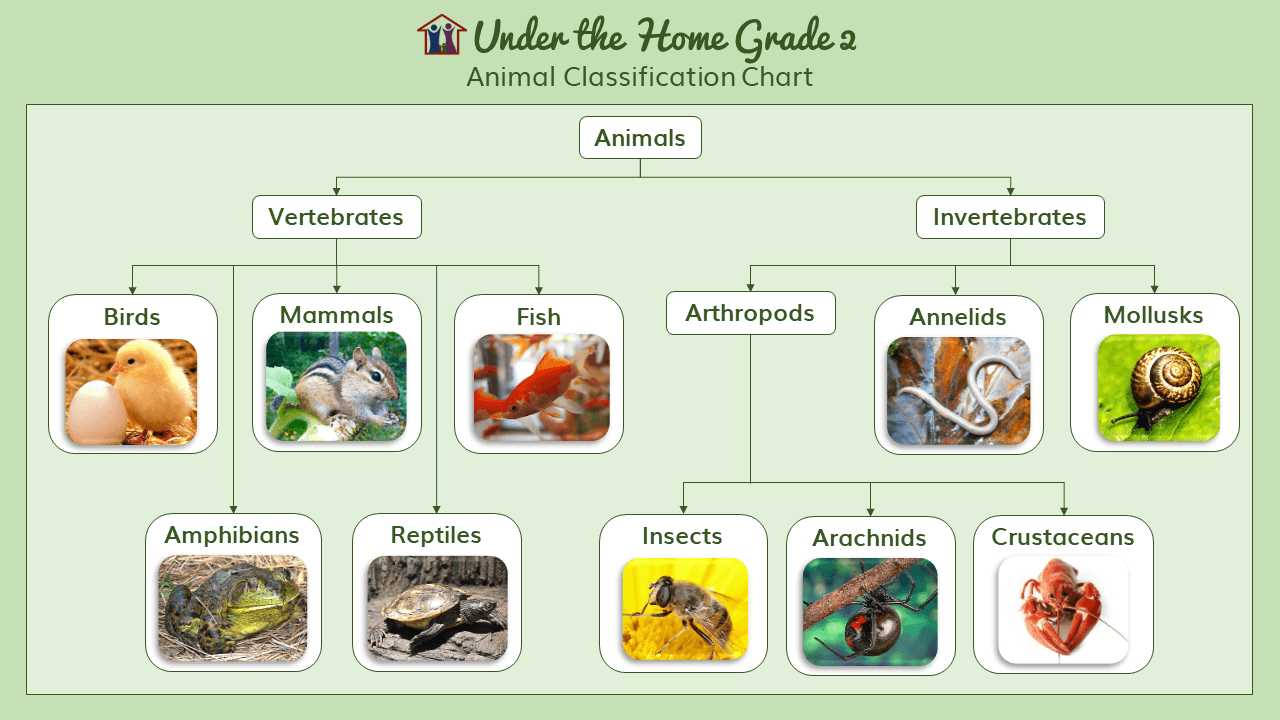Lesson 18: Bird Sounds
Performer: LibriVox - Jennifer Dorr
'The Last Party of the Season' from Among the Meadow People by Clara Dillingham Pierson
Summer had been a joyful time in the meadow. It had been a busy time, too, and from morning till night the chirping and humming of the happy people there had mingled with the rustle of the leaves, and the soft "swish, swish," of the tall grass, as the wind passed over it.
True, there had been a few quarrels, and some unpleasant things to remember, but these little people were wise enough to throw away all the sad memories and keep only the glad ones. And now the summer was over. The leaves of the forest trees were turning from green to scarlet, orange, and brown. The beech and hickory nuts were only waiting for a friendly frost to open their outer shells, and loosen their stems, so that they could fall to the earth.
The wind was cold now, and the meadow people knew that the time had come to get ready for winter. One chilly Caterpillar said to another, "Boo-oo! How cold it is! I must find a place for my cocoon. Suppose we sleep side by side this winter, swinging on the same bush?"
And his friend replied: "We must hurry then, or we shall be too old and stiff to spin good ones."
The Garter Snake felt sleepy all the time, and declared that in a few days he would doze off until spring.
The Tree Frog had chosen his winter home already, and the Bees were making the most of their time in visiting the last fall flowers, and gathering every bit of honey they could find for their cold-weather stock.
The last eggs had been laid, and the food had been placed beside many of them for the babies that would hatch out in the spring. Nothing was left but to say "Goodbye," and fall asleep. So a message was sent around the meadow for all to come to a farewell party under the elm tree.
Everybody came, and all who could sing did so, and the Crickets and Mosquitoes made music for the rest to dance by.
The Tree Frog led off with a black and yellow Spider, the Garter Snake followed with a Potato Bug, and all the other crawling people joined in the dance on the grass, while over their heads the Butterflies and other light-winged ones fluttered to and fro with airy grace.
The Snail and the fat, old Cricket had meant to look on, and really did so, for a time, from a warm corner by the tree, but the Cricket couldn't stand it to not join in the fun. First, his eyes gleamed, his feelers waved, and his feet kept time to the music, and, when a frisky young Ant beckoned to him, he gave a great leap and danced with the rest, balancing, jumping, and circling around in a most surprising way.
When it grew dark, the Fireflies' lights shone like tiny stars, and the dancing went on until all were tired and ready to sing together the last song of the summer, for on the morrow they would go to rest. And this was their song:
The autumn leaves lying, so thick on the ground,
The summer Birds flying, the meadow around,
Say, "Goodbye."
The Seed Babies dropping, down out of our sight,
The Dragonflies stopping, a moment in flight
Say, "Goodbye."
The red Squirrels bearing, their nuts to the tree,
The wild Rabbits caring, for babies so wee,
Say, "Goodbye."
The sunbeams now showing, are hazy and pale,
The warm breezes blowing, have changed to a gale,
So, "Goodbye."
The season for working, is passing away.
Both playing and shirking, are ended today,
So, "Goodbye."
The Garter Snake creeping, so softly to rest,
The fuzzy Worms sleeping, within their warm nest,
Say, "Goodbye."
The Honey Bees crawling, around the full comb,
The tiny Ants calling, each one to the home,
Say, "Goodbye."
We've ended our singing, our dancing, and play,
And Nature's voice ringing, now tells us to say
Our "Goodbye."

